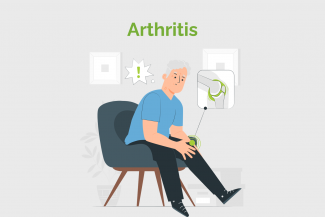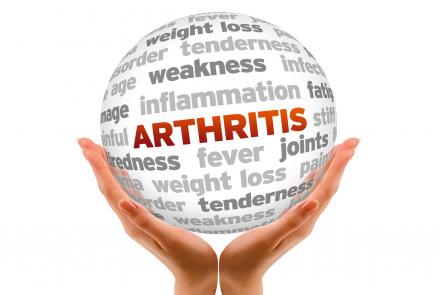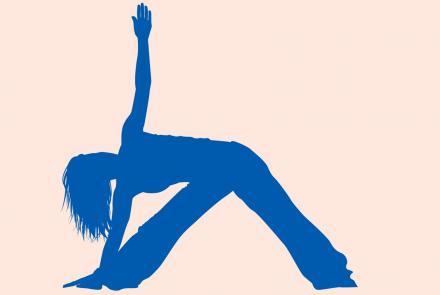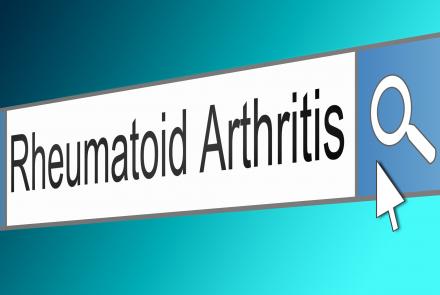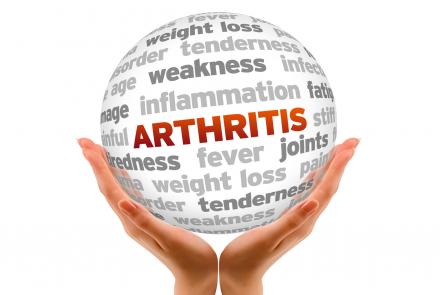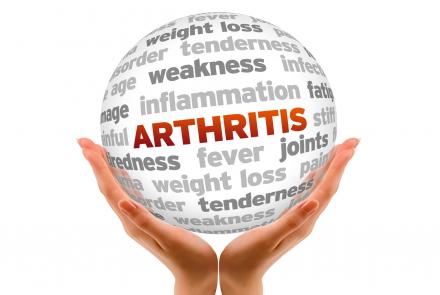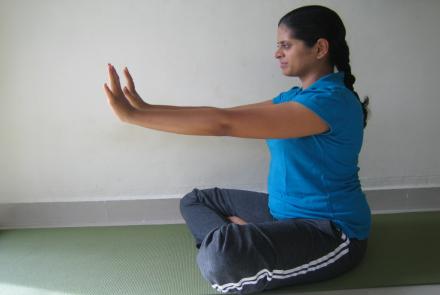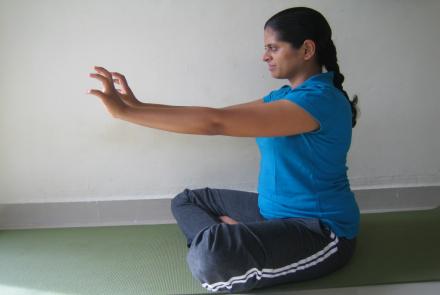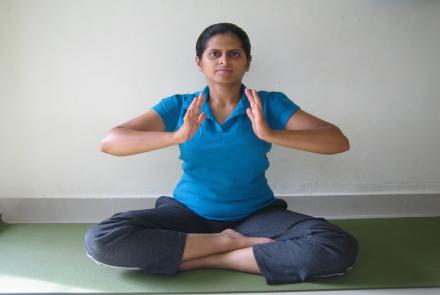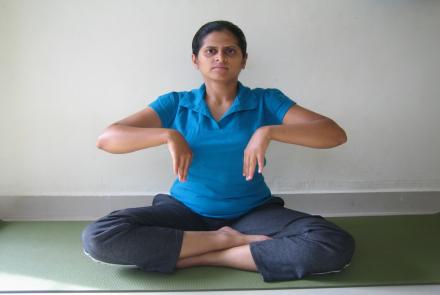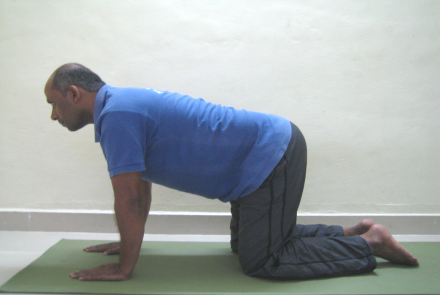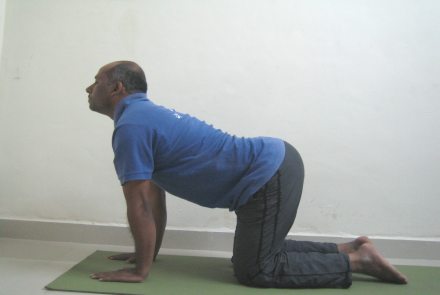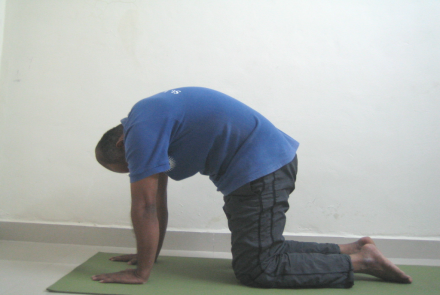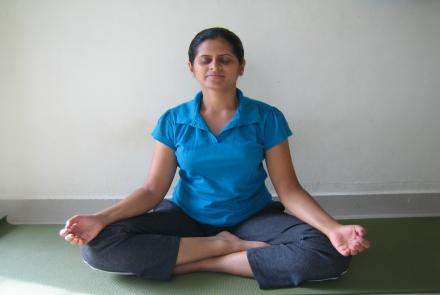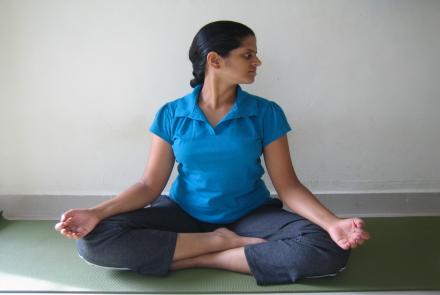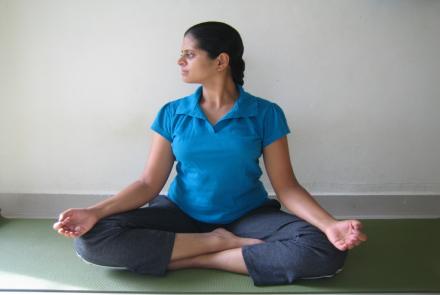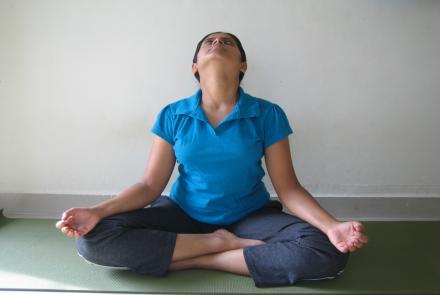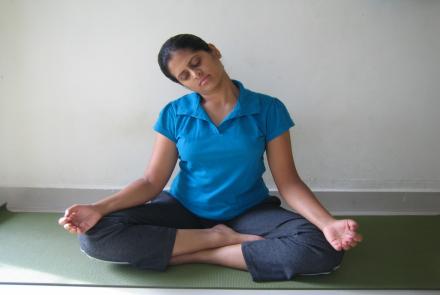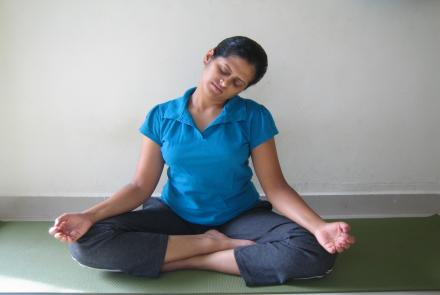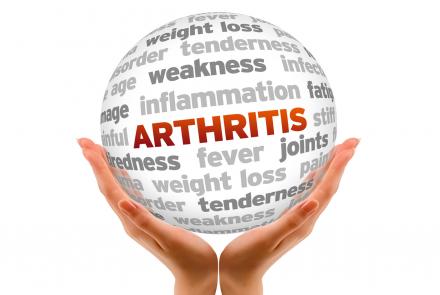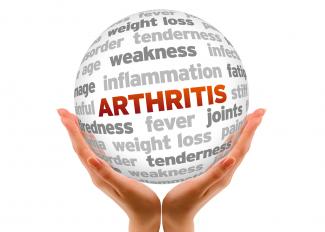
The process of diagnosing arthritis involves several steps. The doctor will record your medical history and give you a physical examination. He/she may also recommend laboratory tests, imaging tests (such as x-rays), and other tests as required.
Laboratory and imaging tests are sometimes, but not always, needed to determine the cause of arthritis. These tests may include:
X-rays: To see a detailed picture of the bones. However, for many types of arthritis, changes in the joint are not visible on x-ray for months or even years. However, x-rays are often useful to monitor over time.
Joint tap: This procedure tests the fluid inside a joint, called the synovial fluid, to determine the cause of a person’s arthritis. After making the skin numb, a needle is inserted inside the joint and a sample of the fluid is withdrawn. Analysis of the joint fluid is particularly helpful in confirming whether the arthritis is inflammatory and in establishing a diagnosis of septic arthritis (due to bacterial infection) and gout.
Blood tests: Estimates of serum calcium and vitamin D.
If rheumatoid arthritis is suspected, it can be helpful to test the blood for auto-antibodies that are commonly present in these diseases. Examples include the rheumatoid factor (RF) for rheumatoid arthritis.
Other imaging tests: Ultrasound, magnetic resonance imaging (MRI), and computer aided tomography (CT scan) provide images of the tissues surrounding the joints. One or more of these imaging tests may be recommended to detect erosions (bone damage due to arthritis), fractures, calcium deposits or changes in the shape of a joint.

